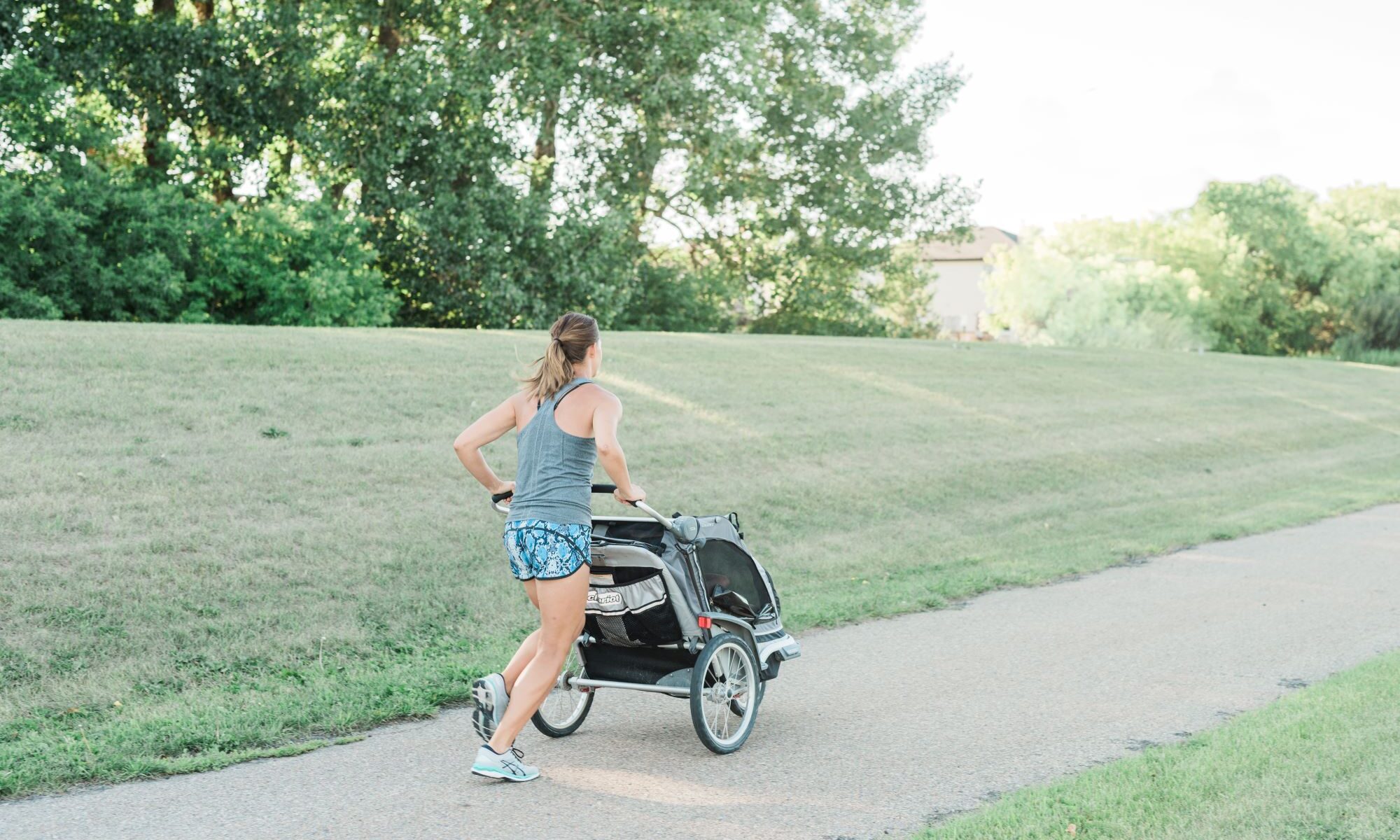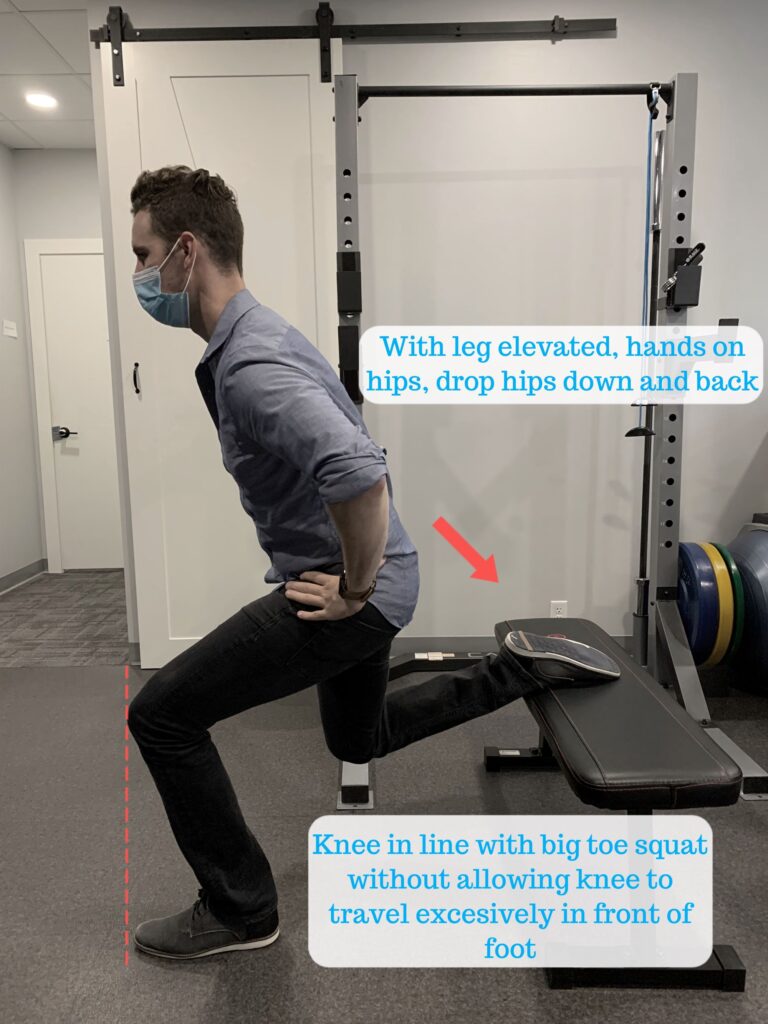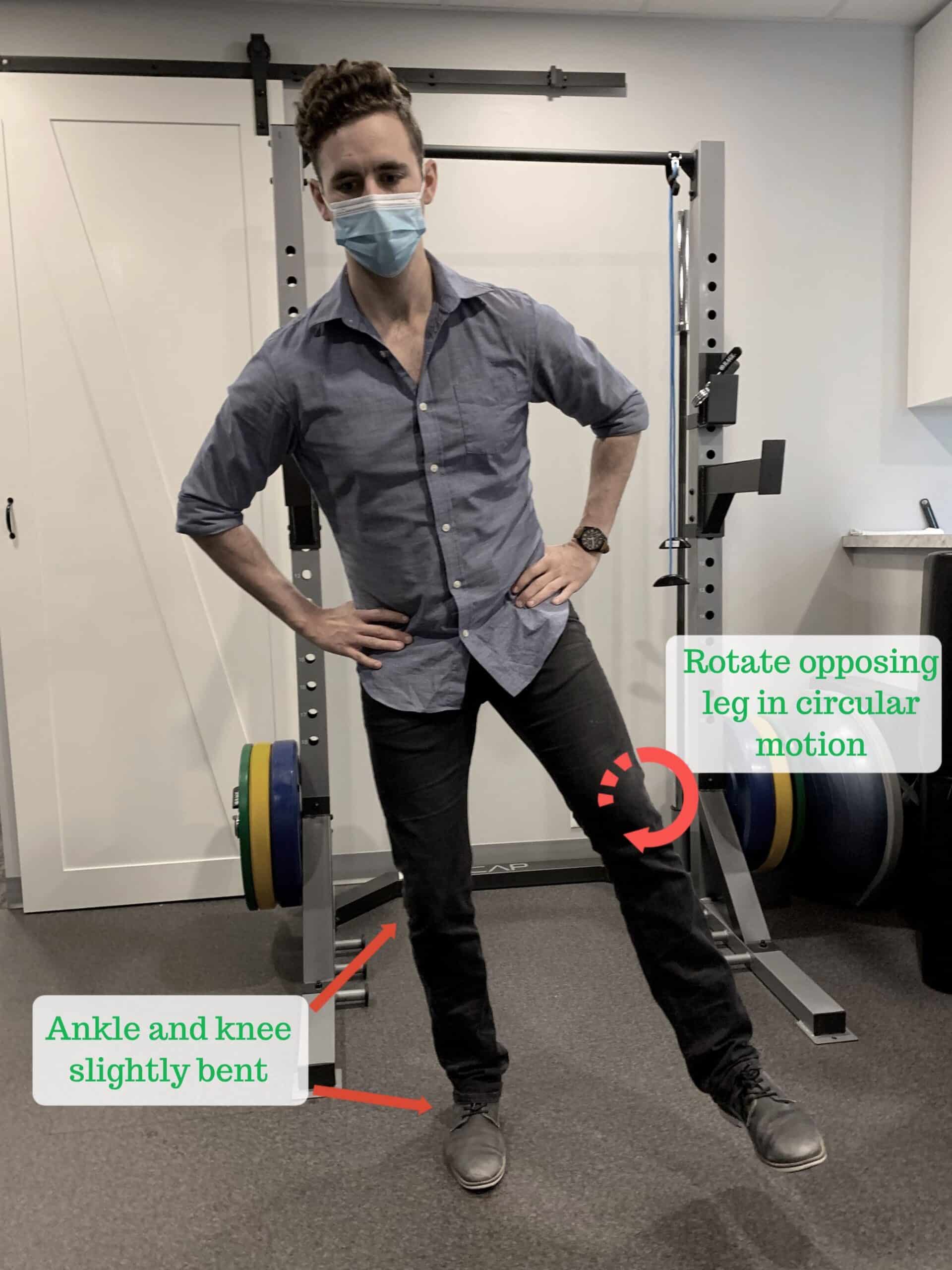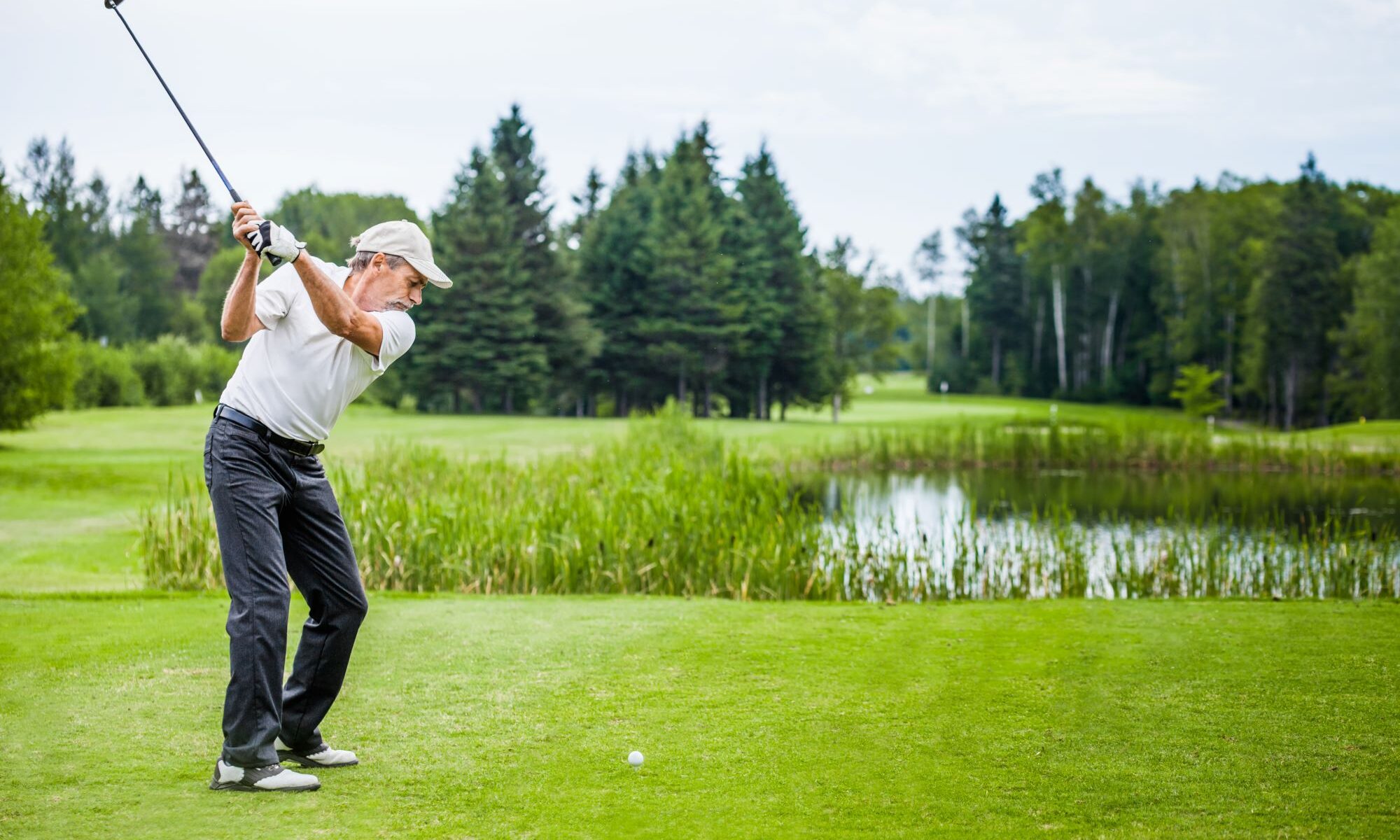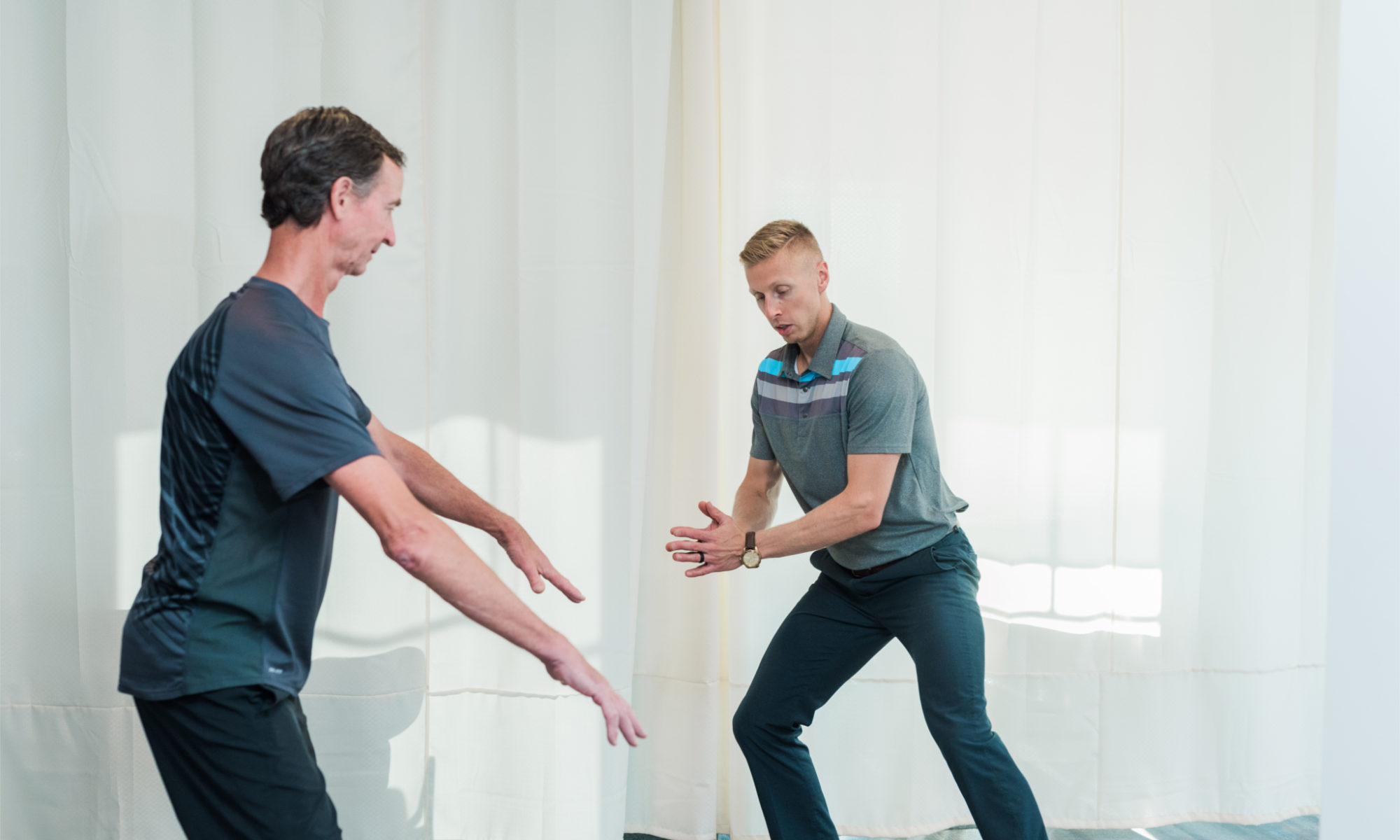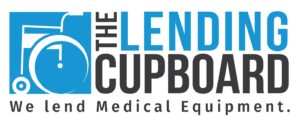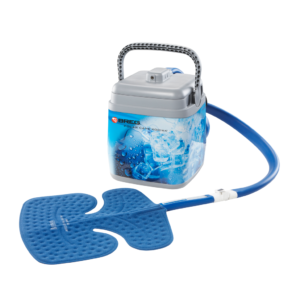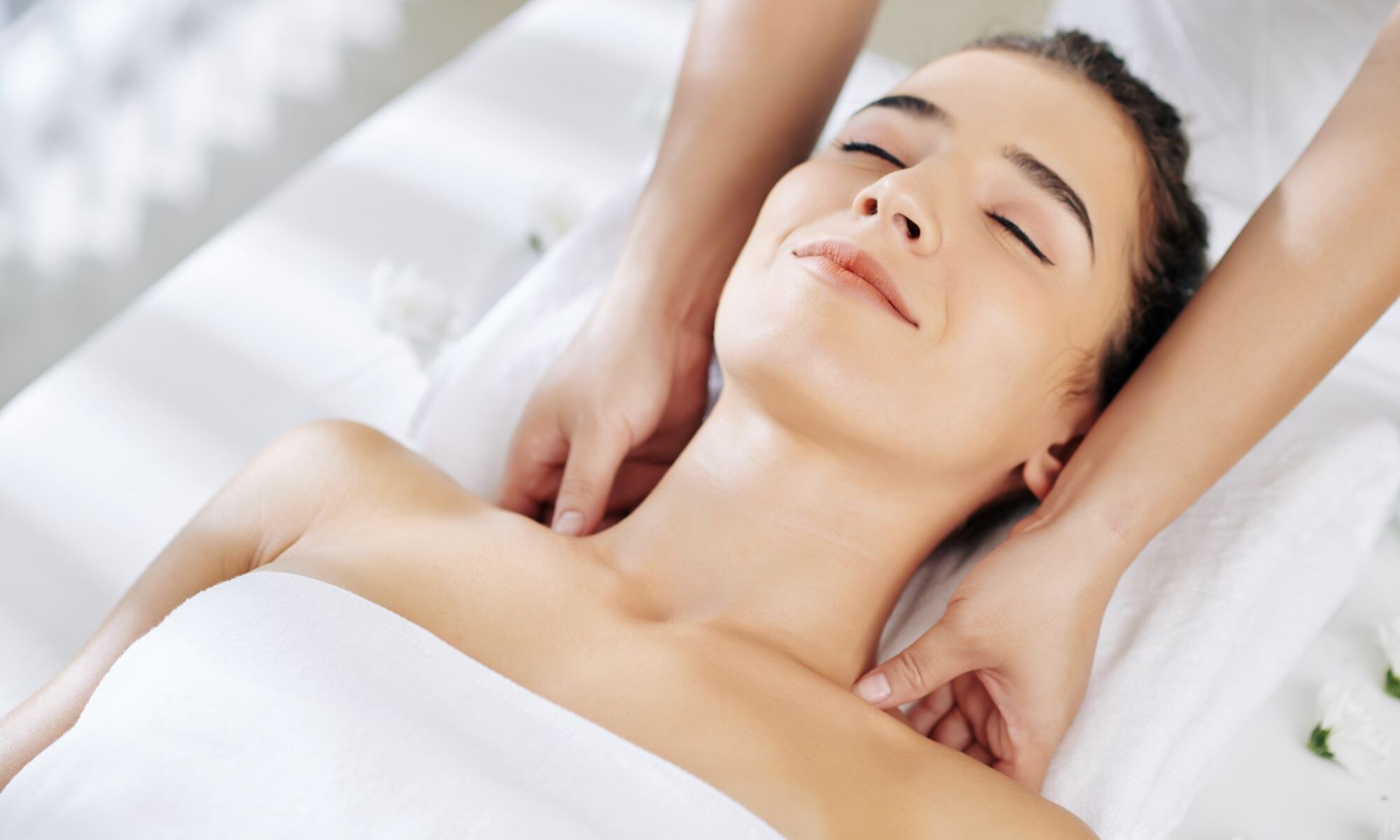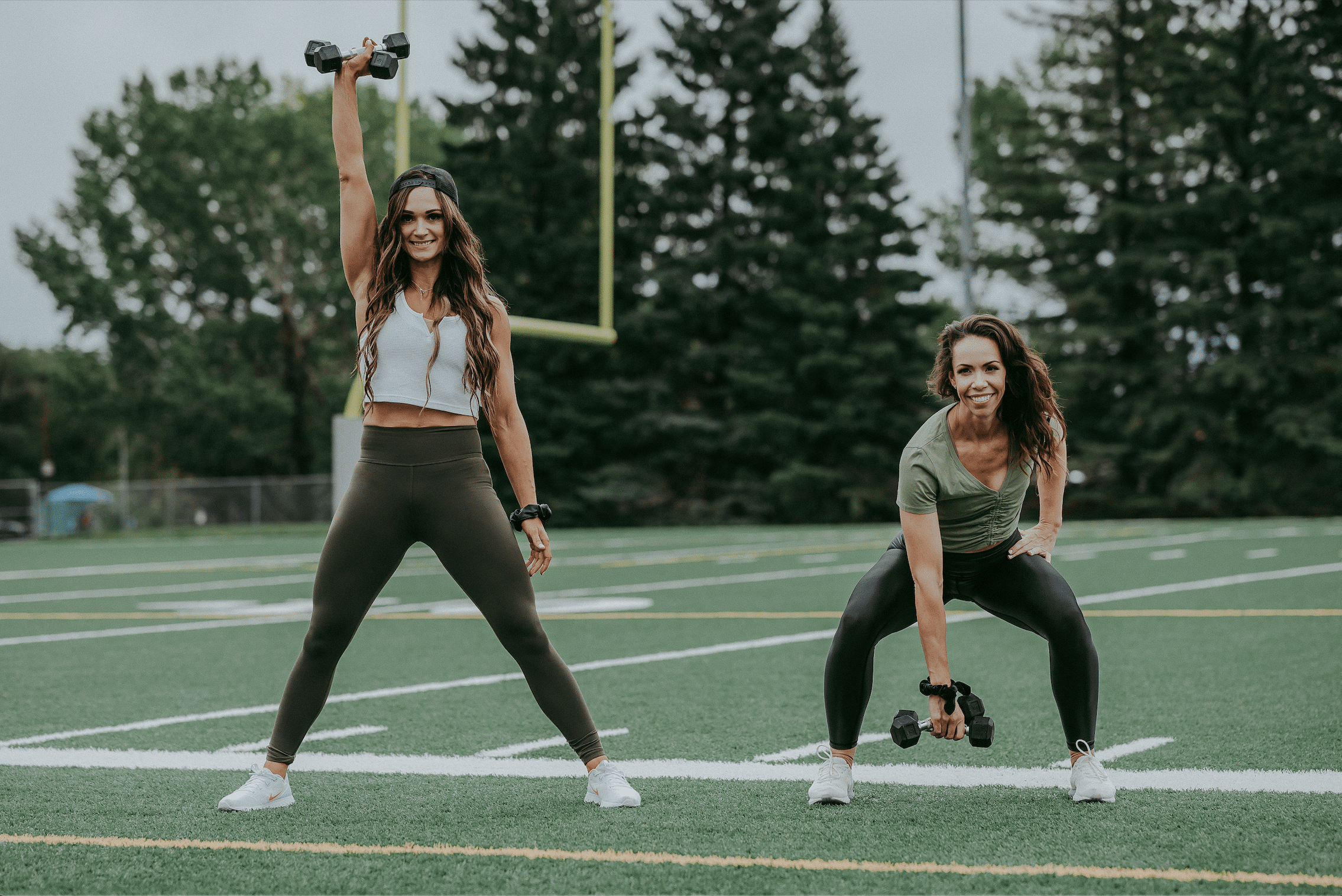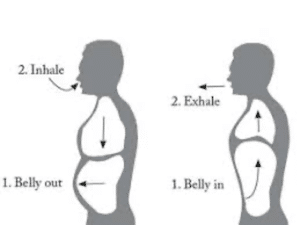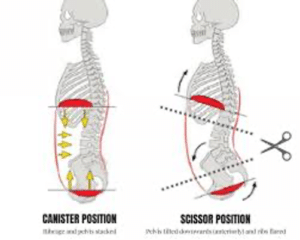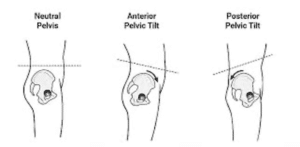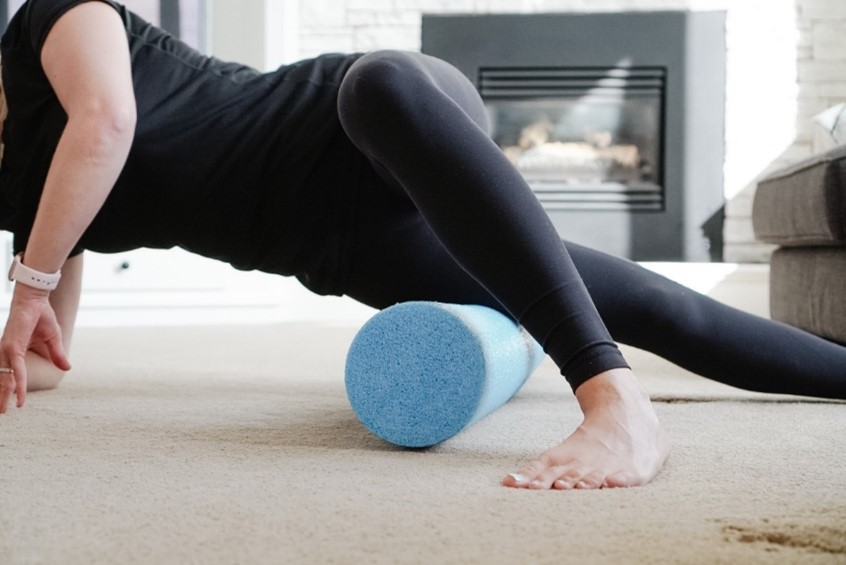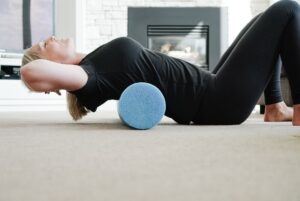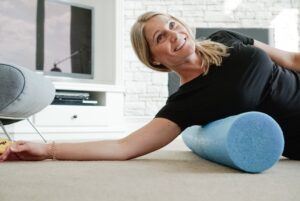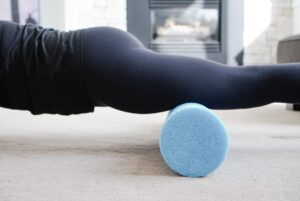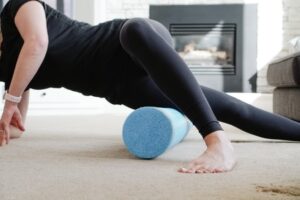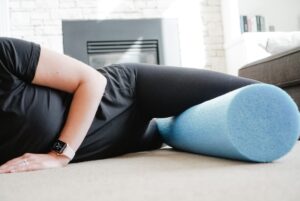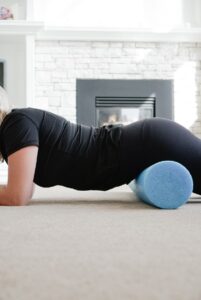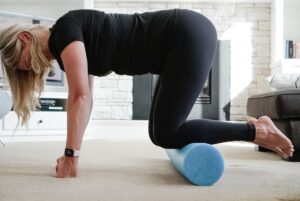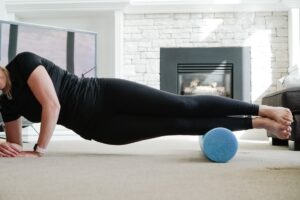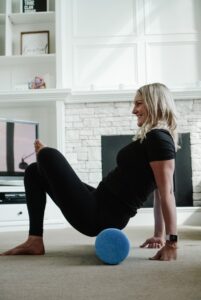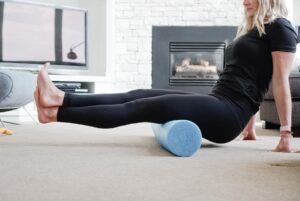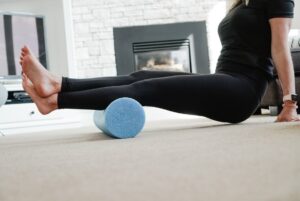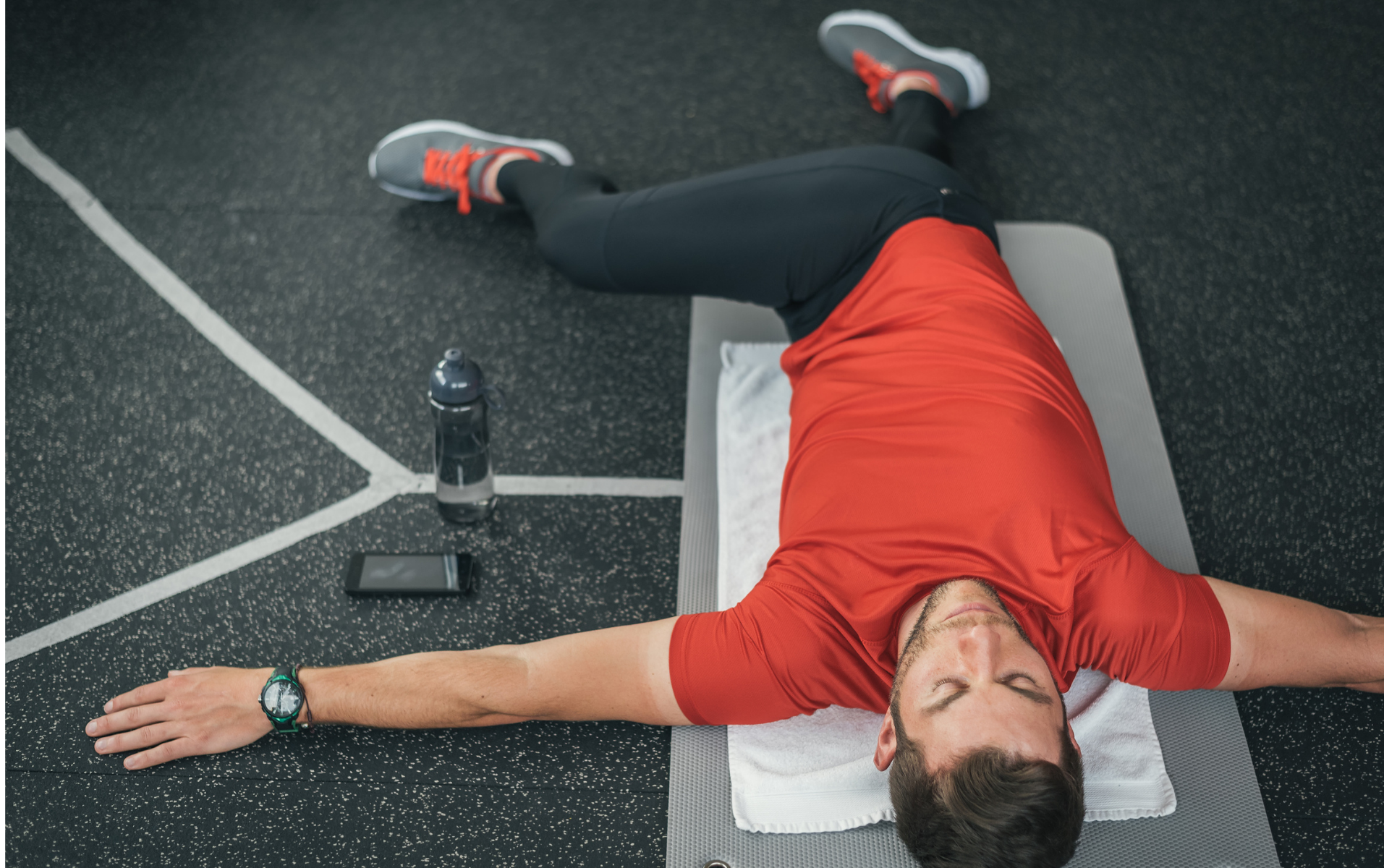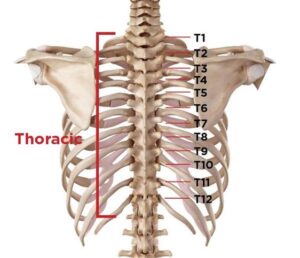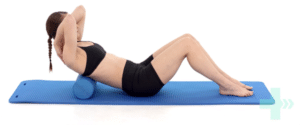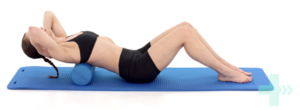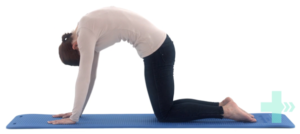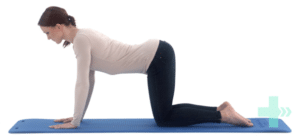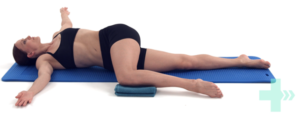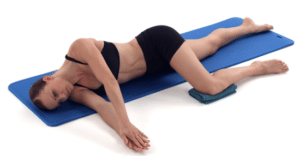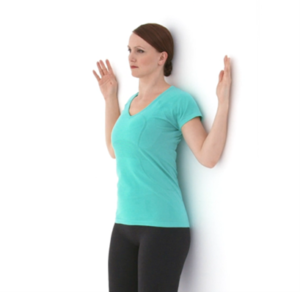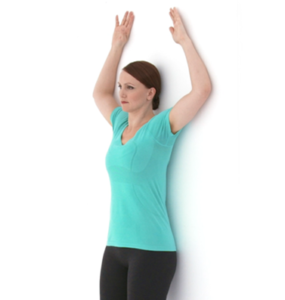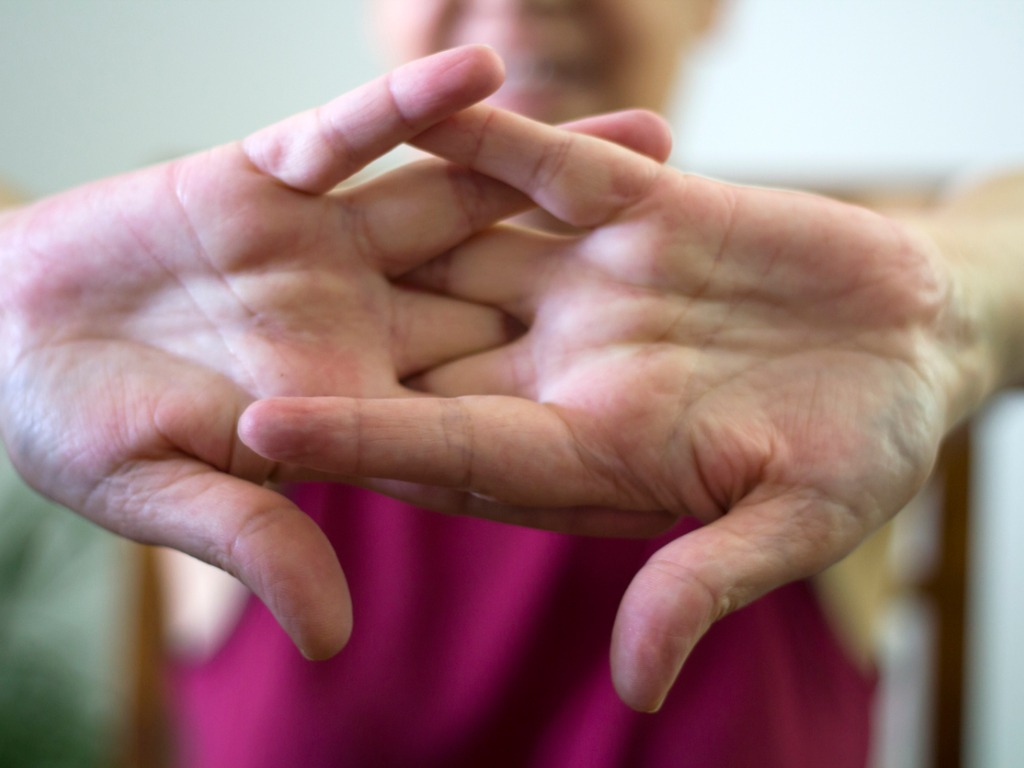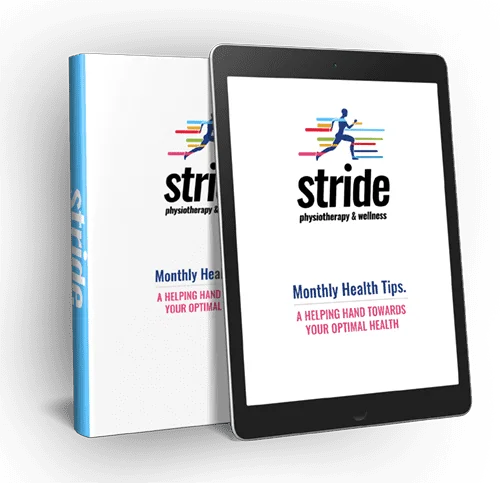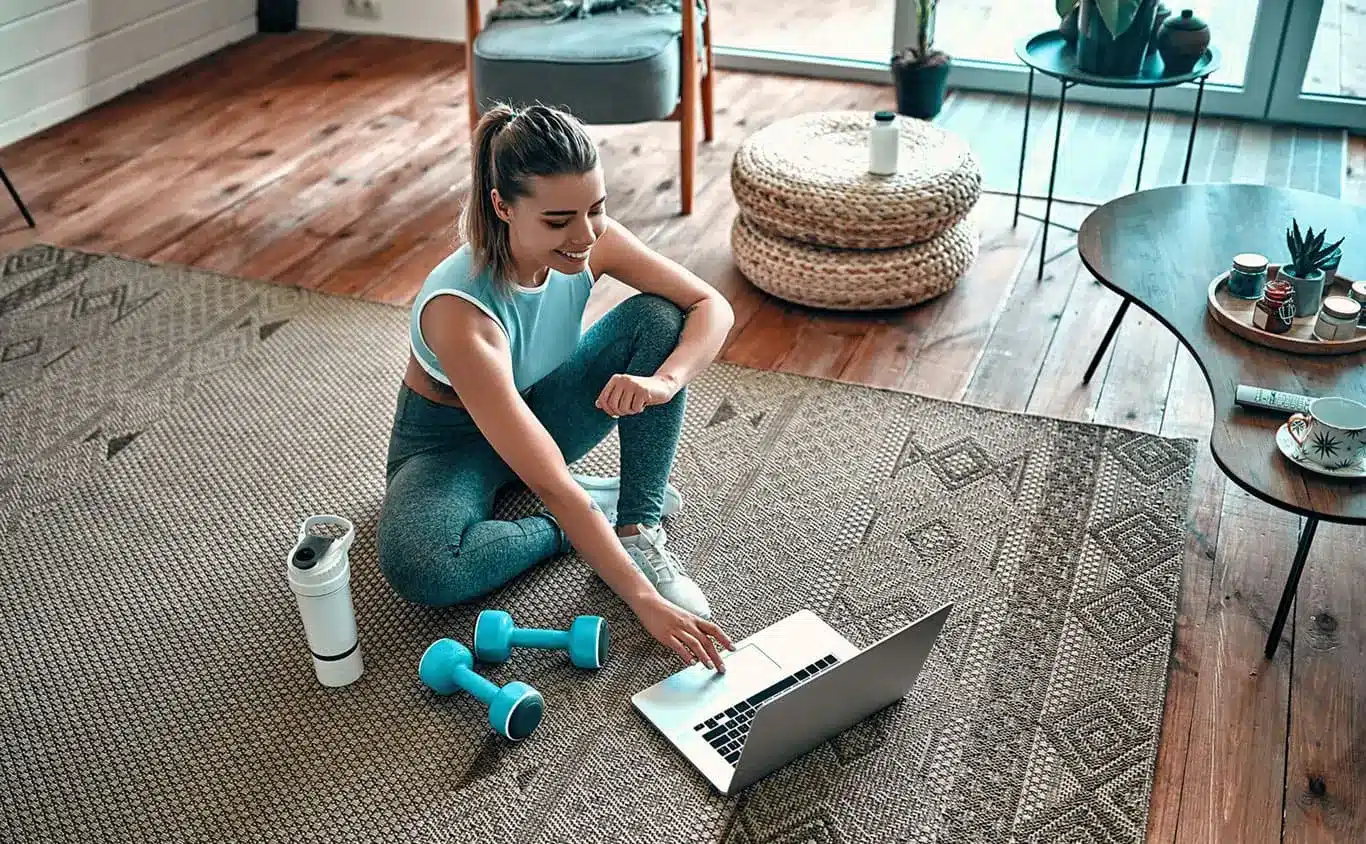Benefits of Prenatal Massage
By Cheyanne Heyn, Massage Therapist
Hello Everyone! I’m Cheyanne, one of Stride’s Registered Massage Therapists. I am trained in a variety of massage techniques, but I particularly love treating pregnant and post-partum mamas with Prenatal Massage. Read along in this blog to find out more about Prenatal Massage and if it’s the right fit for you!
What is Prenatal Massage?
In short, a prenatal massage is designed for people who are pregnant. Prenatal massages assist with the normal adaptations that your body goes through during pregnancy.
In a standard massage, you spend half the time on your stomach lying face-down. This is not possible with a baby belly, obviously! The other half of the time you’re facing up. This position is not advisable for extended periods of time during pregnancy, as it puts pressure on major blood vessels that disrupt blood flow to the baby. Additionally, it can make you feel nauseous! That is why during a prenatal massage, you are positioned with special cushioning and pillows to maximize your comfort and accommodate for your growing belly and breasts. You may even lay on your side with pillows for support.
What Are the Benefits of Prenatal Massage?
Research has shown that massage can help reduce stress hormones and loosen muscle tension in your body. Massages help increase blood circulation and keep your lymphatic system working at optimal efficiency. Example: reducing swelling. Regular prenatal massages are able to do more than just help you relax. They can help relieve:
– Insomnia (sleep issues)
– Joint pain
– Neck pain
– Hip and pelvic pain
– Low and mid back pain
– Leg cramping
– Sciatica
– Swelling and edema in hands and feet (if not caused by preeclampsia)
– Headaches and migraines
– Sinus congestion
– Compression syndromes (Carpal Tunnel and Thoracic Outlet)
How Often Should I Get a Prenatal Massage?
Frequency of massages vary from case to case. If we are mostly treating stress or general tension, we recommend monthly massages. In the event we are treating pain or a specific condition, frequent massage is important. Additionally, a treatment plan between your massage therapist and yourself is wise.
During the third trimester, frequency can increase to weekly or bi-weekly in order to help prepare the body for labour and delivery.
Are Massages Safe During Pregnancy?
Yes! Massages during any point in pregnancy is safe. There are massage therapists that will not do prenatal massages for varying reasons. However, there have been no studies or research proving that massages can cause labour or miscarriage during a healthy pregnancy. There are trigger points in the body that are linked to the uterus, and these trigger points must be avoided. This is another reason why it’s important to see an experienced Registered Massage Therapist in Red Deer for prenatal massage.
Please be sure to discuss any complications or health issues with your Massage Therapist before your treatment to make sure it is safe for you and the baby. If you’re still wondering about Prenatal Massage or how we can help you get to the finish line feeling your best, feel free to give us a call or email. If you think this treatment could be right for you, book an appointment online by clicking here.


